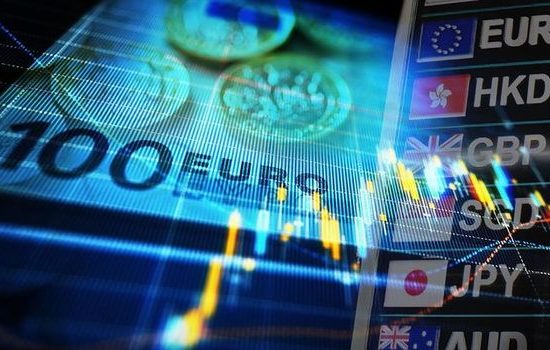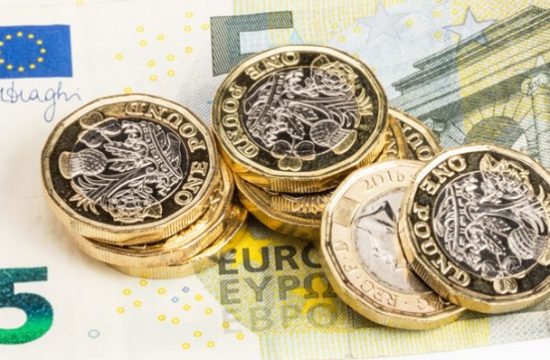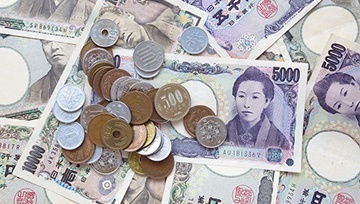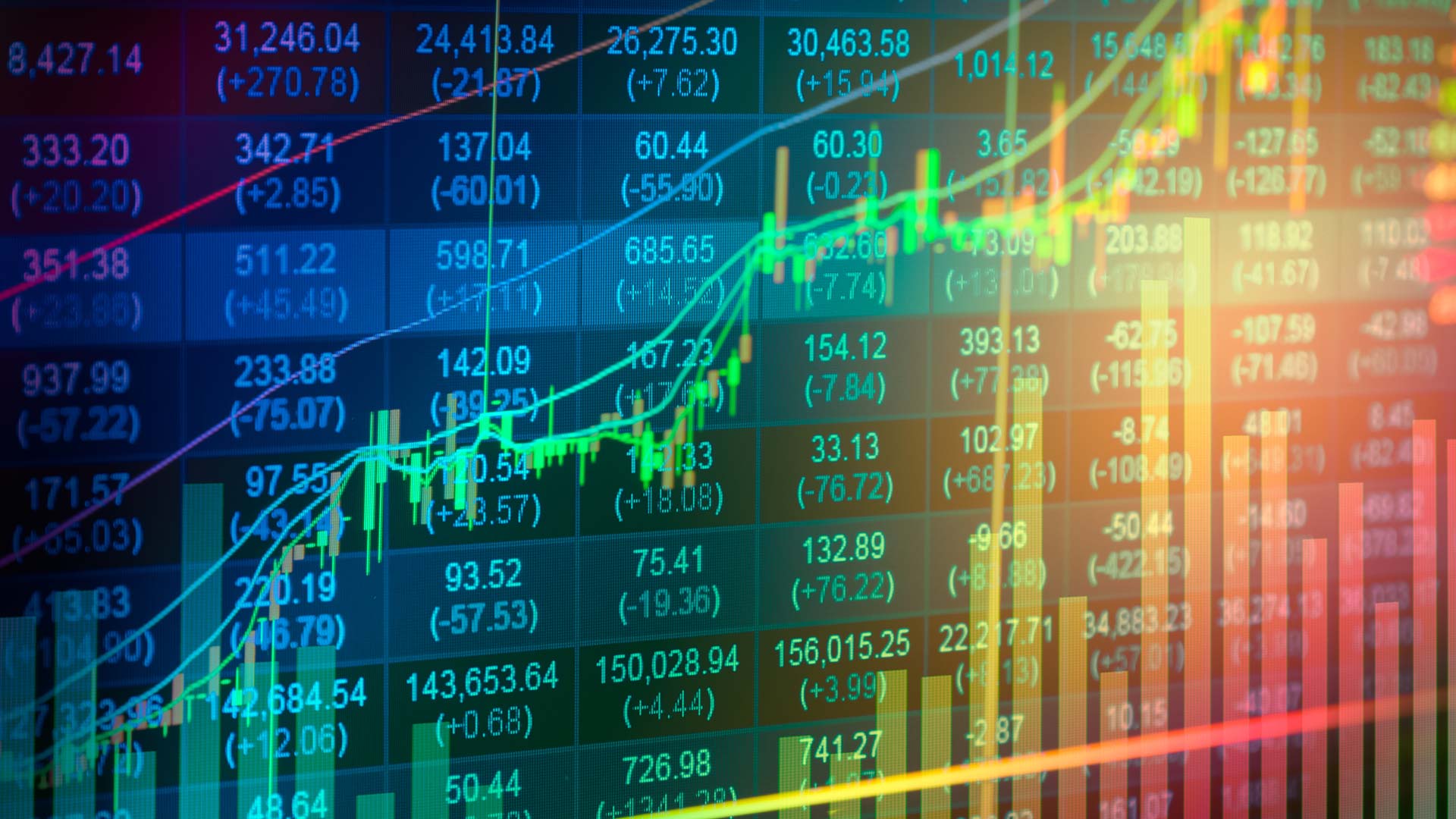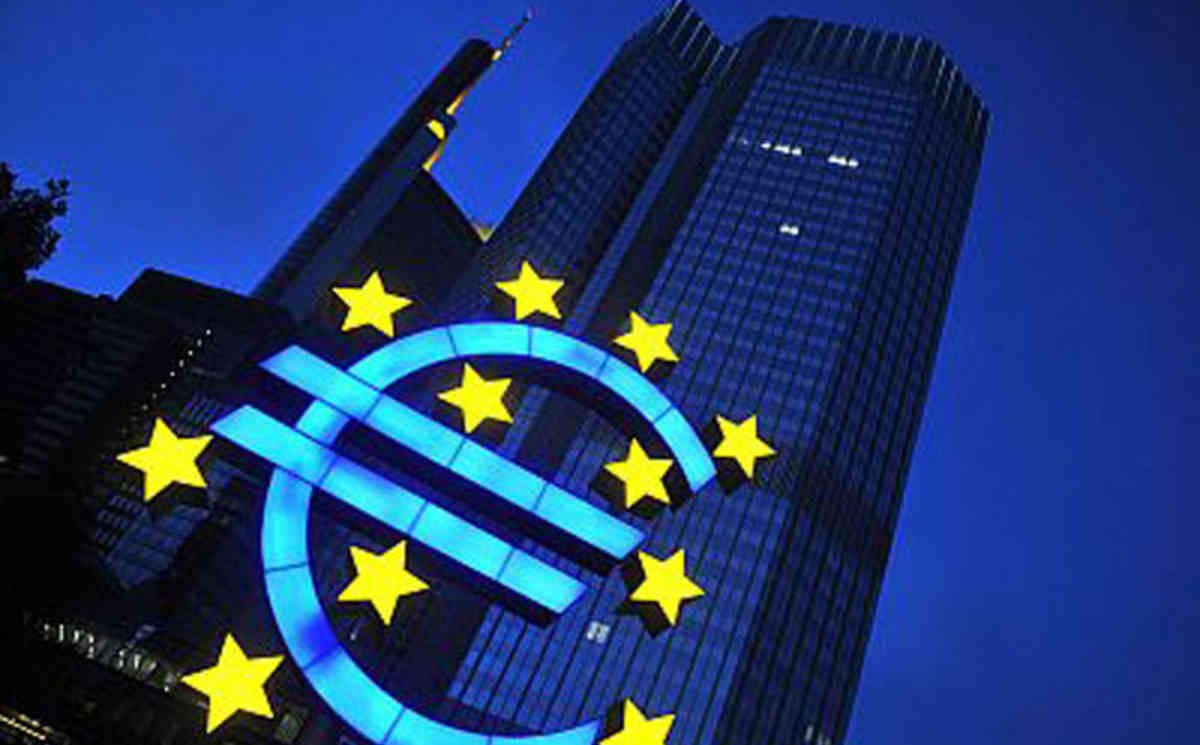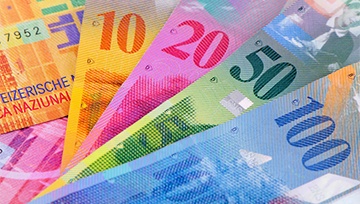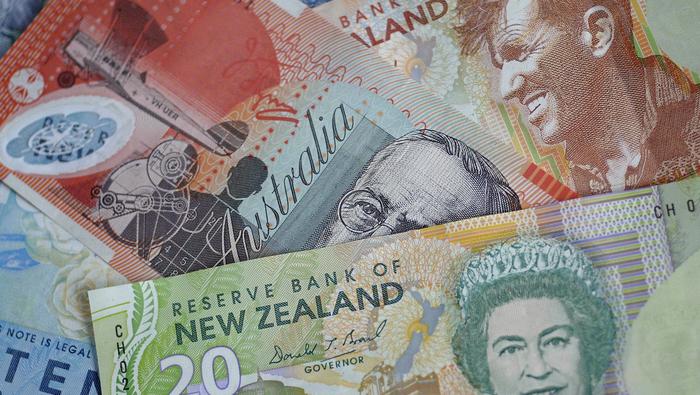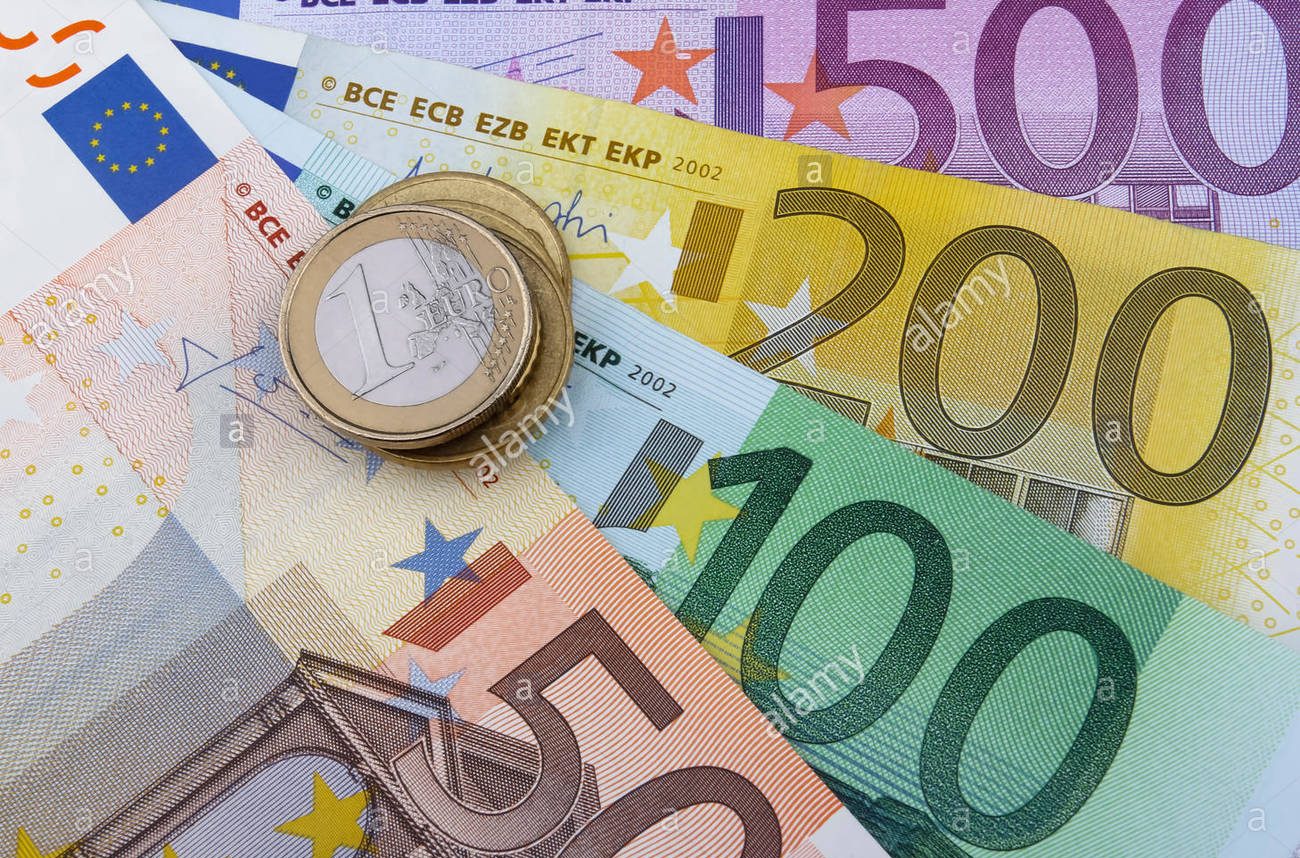In today’s note, we focus on the growing risk of deflation in the aftermath of the pandemic. The coronavirus is a pure negative externality that initially caused a negative supply shock that was rapidly offset by a negative global aggregate demand shock resulting from social distancing and lockdown measures. The fact that global commodity prices are plunging also speaks to the fact that we are dealing with a demand shock. Evidence is mounting that global aggregate demand is doomed to remain weak in the coming months due to the hysteresis effect, which increases the risk that many countries will flirt with deflation this year and next year.

In the United States, the Federal Reserve Bank of St. Louis has built an index to track the risk of deflation: the Prices Pressures Measures (PPM). It measures the probability that the personal consumption expenditures prices index inflation rate (PCEPI) over the next twelve months will fall below zero. It includes 104 series such as foreign price variables, PPI, labor market indicators, etc. (for additional information of the PPM and its construction, please see here).
According to the Prices Pressures Measures, there is a probability of 0.76 (that is, 76%) that the U.S. will fall into deflation over the next twelve months. Clearly, the Fed’s favorite deflation probability indicator is in risk-zone. This is the second-highest level ever reached since its creation, after the peak of January 2009 at 0.82. We observe the same worrying trend in many developed countries, but also a drastic fall in inflation forecasts for many emerging countries.
The risk of deflation is not new. Over the past ten years, inflation has been abnormally low to such a degree that the IMF spoke of lowflation to characterize this period, and we have also experienced episodes of deflation over the past years. Inflation has been low mostly due to:
- The strong decline of both the money multiplier (the amount of money that banks generate with each dollar of reserves) and money velocity (the rate at which money is exchanged in the economy). It can be partially explained by regulatory constraints on the banking and financial sector and weak demand for loans reflecting that things are not as good as the financial markets appear to be telling us.
- Inequality. Studies proved that low inflation rates are generally associated with higher income inequality, without explaining quite well the process at work.
- Globalization. Global value chains tend to induce the existence of strong cost-reduction and wage moderation associated with rising productivity and declining competition (rising market power, especially in services sectors).
- New technology. All the technological revolutions are basically deflationary as they allow for more intensive use of resources leading to higher production and a fall in prices of goods.
- The absence of policy mix. Some countries have favored a tight fiscal policy, which has had a large negative multiplier effect on the economy, notably on aggregate spending, while monetary policy was expansionist.
What may come next, let’s say in two or three years if we look beyond the initial deflationary shock? Many investors are already protecting themselves from the risk of high inflation by buying inflation-linked bonds. Is it a well-founded fear? What could push inflation above the 2% threshold on a sustainable basis?
We can possibly see a change in 3) (rising protectionism) and 5) (central banks and governments are working hand in hand leading to more responsive investment) and perhaps in 2) (redistributive policies to mitigate rising inequalities). If these changes materialize, the feared increase in inflation could happen. However, before jumping to any hurried conclusions, we should remember that inflation is always and everywhere a political phenomenon. It will mostly depend on future policy decisions that will be taken after the crisis. In that sense, it is certainly too early to raise the alarm about the risk of uncontrolled inflation.
Best regards.



